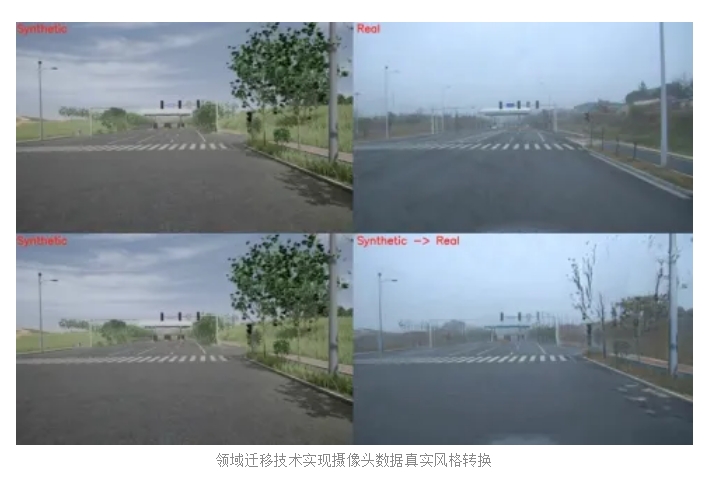Tencent recently released the autonomous driving simulation software TAD Sim, which is a powerful cross-platform distributed simulation system designed to provide an efficient and reliable tool for the development and verification of intelligent driving systems. It is based on Tencent's professional game engine and centimeter-level digital twin technology, integrating industrial-grade vehicle dynamics models, physical-grade sensor simulations and data-driven AI traffic flow models. It can complete closed-loop simulation verification of all modules on the actual vehicle, covering the V shape. All stages of the process are supported, from model-in-the-loop to driver-in-the-loop testing.

TAD Sim's architectural design includes data access and scene construction, simulation core engine, test analysis and evaluation, test task management, external access interface and other modules, supporting an scalable and compatible simulation system architecture. Its main features include high-fidelity scene restoration, high-precision vehicle dynamics models, rich high-precision sensor models, data-driven AI traffic flow models, and efficient testing tools to help achieve simulation testing of millions of kilometers per day. The platform supports the OpenX international standard format and can be connected with the entire process of the autonomous driving cloud tool chain. In the future, it will be expanded to a wider range of application scenarios such as intelligent network simulation testing, synthetic data generation, and virtual test driving.
TAD Sim is oriented to application scenarios of autonomous driving simulation testing and evaluation, and supports closed-loop simulation verification of all modules on the actual vehicle, such as perception, decision-making, and control algorithms. The platform allows users to customize scenes and maps through the scene editor and map editor, which improves the flexibility and efficiency of testing.
Github address: https://github.com/Tencent/TAD_Sim
With its powerful functions and open architecture, TAD Sim brings great convenience to the research, development and testing of autonomous driving, and is expected to become an important tool in the autonomous driving industry. Its open source nature also makes it easier for developers to participate and contribute, promoting the advancement of autonomous driving technology. We look forward to TAD Sim being able to play a role in more application scenarios in the future.